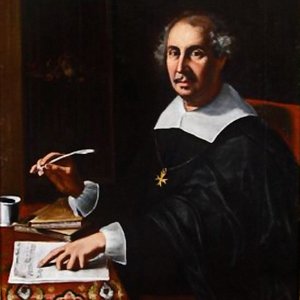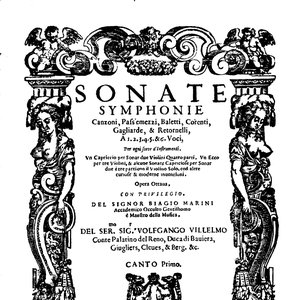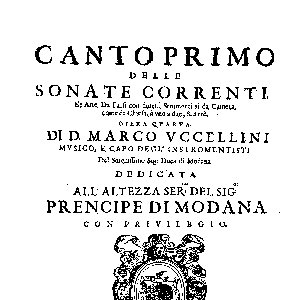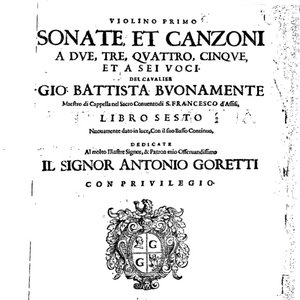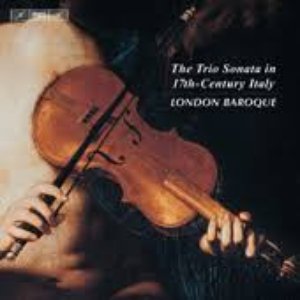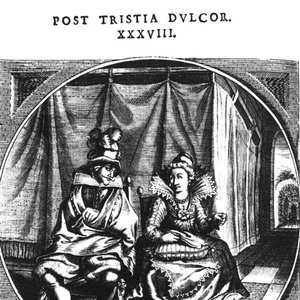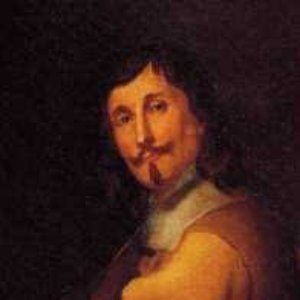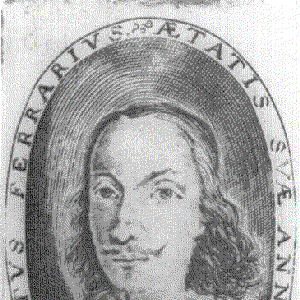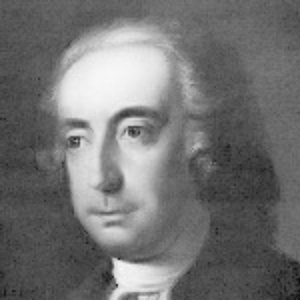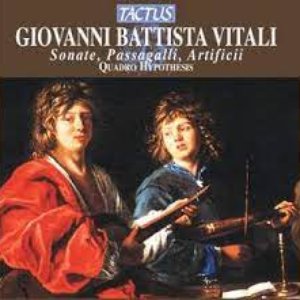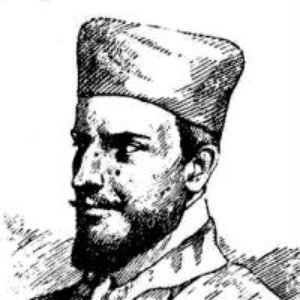Biography
-
Born
12 August 1626
-
Born In
Clusone, Bergamo, Lombardia, Italy
-
Died
27 May 1690 (aged 63)
Giovanni Legrenzi (baptized August 12, 1626 – May 27, 1690) was an Italian composer of opera, vocal and instrumental music, and organist, of the Baroque era. He was one of the most prominent composers in Venice in the late 17th century, and extremely influential on the development of late Baroque idioms across northern Italy.
Life
He was born in Clusone, near Bergamo, and probably received his early training in Clusone. He served as organist to Santa Maria Maggiore there from 1645 to 1656. In 1656 he took a position at Ferrara as the maestro di cappella at the Accademia dello Spirito Santo, where he remained until 1665. Between 1665 and 1681 his activities are poorly documented, but he may have taught at the Venetian Ospedale dei Mendicanti sometime during these years. He was rejected for positions in many cities, including Vienna, Milan, Parma, Bologna, and Venice; and he declined positions in Modena and Bergamo.
In 1681 he was hired at St. Mark's in Venice as assistant maestro di cappella, and became full maestro di cappella in 1685. Among his students there were Francesco Gasparini, Antonio Lotti and Giovanni Varischino.
Music
Legrenzi was active in most of the genres current in northern Italy in the late 17th century, including sacred vocal music, opera, oratorio, and varieties of instrumental music. Though best known as a composer of instrumental sonatas, he was predominantly a composer of liturgical music with a distinctly dramatic character. The bulk of his instrumental music may also be included in this category, since it would have been used primarily as a substitute for liturgical items at Mass or Vespers. His operas were immensely popular (and extravagantly presented) in their day, though like his oratorios, few have survived. His later dance music was certainly connected with the operatic repertoire, though the function of an early collection (Op. 4, which is musicologically famous for its inclusion of six pieces designated sonate da camera) is less clear.
Artist descriptions on Last.fm are editable by everyone. Feel free to contribute!
All user-contributed text on this page is available under the Creative Commons Attribution-ShareAlike License; additional terms may apply.

